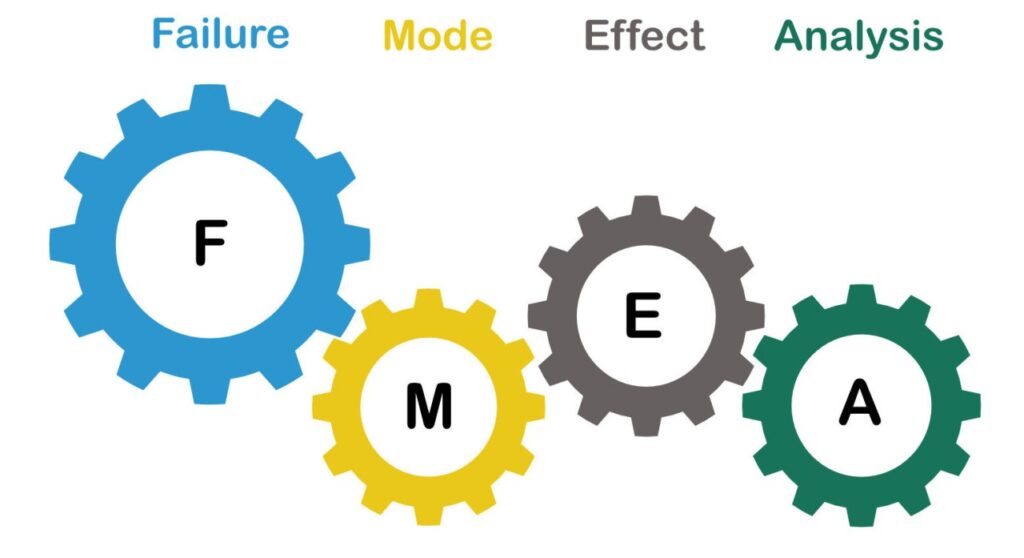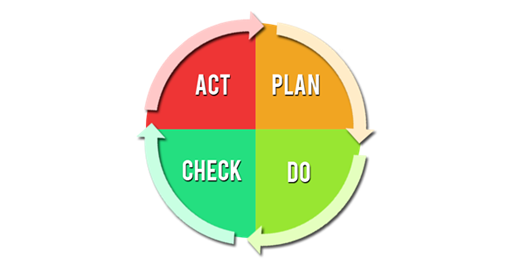Reliability Solutions

Reliability Solutions provides a proactive approach to ensure all key areas of Reliability Improvement are covered simultaneously to drive down failure rates in a fast and efficient manner. Our valued customers will receive tailored solutions derived from over 20 years of dedicated experience in Reliability Improvement in all engineering disciplines of Mechanical, Electrical, Instrument & process systems.
In addition to the Predictive Maintenance Programs (Vibration Analysis, Infrared Thermography, Oil Analysis, Noise measurement, and Motor Current Signature Analysis), we run Reliability-Centered Maintenance (RCM) Programs to nourish the existing maintenance regime. This plan enables the client to implement a condition monitoring program in the plant without the need of buying expensive equipment or hiring new personnel.
The analysis is done, verified and submitted to the client with machine condition, severity and recommendations.
24*7 Service Programs:
This plan enables the client to implement a condition monitoring program in the plant without the need of buying expensive equipment or hiring new personnel.
With this program, we deploy our instruments, software and experts to the client site permanently (for the contract period). Our Engineer becomes a part of your team and operations, this ensures that an expert is available on-site whenever you require.
All the activities related to condition monitoring, including data collection, analysis, reporting, and advising maintenance teams for corrective action shall be done by our Engineer, placed at the client site.
WHAT IS FMEA?
FMEA stands for ‘Failure Mode and Effect Analysis’ and is a systematic method of looking forward to avoiding problems, defects, and issues with new designs and new products entering manufacture.
Failure modes are any errors or defects in a process, design, or item, especially those that affect the customer and can be potential or actual. Effects analysis refers to studying the consequences of those failures.
An FMEA is a listing of all potential failures and their corresponding effects on the product or process under investigation. It is not unusual for an FMEA to list 50 to 200 different potential failures. If an FMEA has over 200 potential failures it is a good sign that the product or process under investigation should be broken into sub-units, each with its FMEA.

Plan-Do-Check-Act approach
Designs and Processes can be greatly improved and made more robust and efficient. This can have significant Design Cycle time and Process Cost savings for the teams running the FMEAs.
The FMEA process is following the general PDCA cycle (Plan-Do-Check-Act) illustrated and described below:

What we can do at ROTOR EMS?
Reliability improvement services can include the below:
- Reliability Training Solutions.
- Failure data Analysis on MTTF/MTBF and Failure predictions.
- Perform FMEA (Failure Mode and Effect Analysis) for your equipment and products. FMEA is a systematic method of looking forward to avoiding problems, defects, and issues with new designs and new products.
- Preventive Maintenance Optimization & Review of Existing Maintenance Practice (PMO-REM study) to optimize your Preventive maintenance program. This includes the review of the existing job plans, manpower, man-hour, cost calculation, material plans & worthiness of the current PM program.
- Predictive Maintenance Services (Vibration Analysis, Infrared Thermography, Oil Analysis, Noise measurement, Motor Current Signature Analysis) and Annual Maintenance Contracts (AMC)

